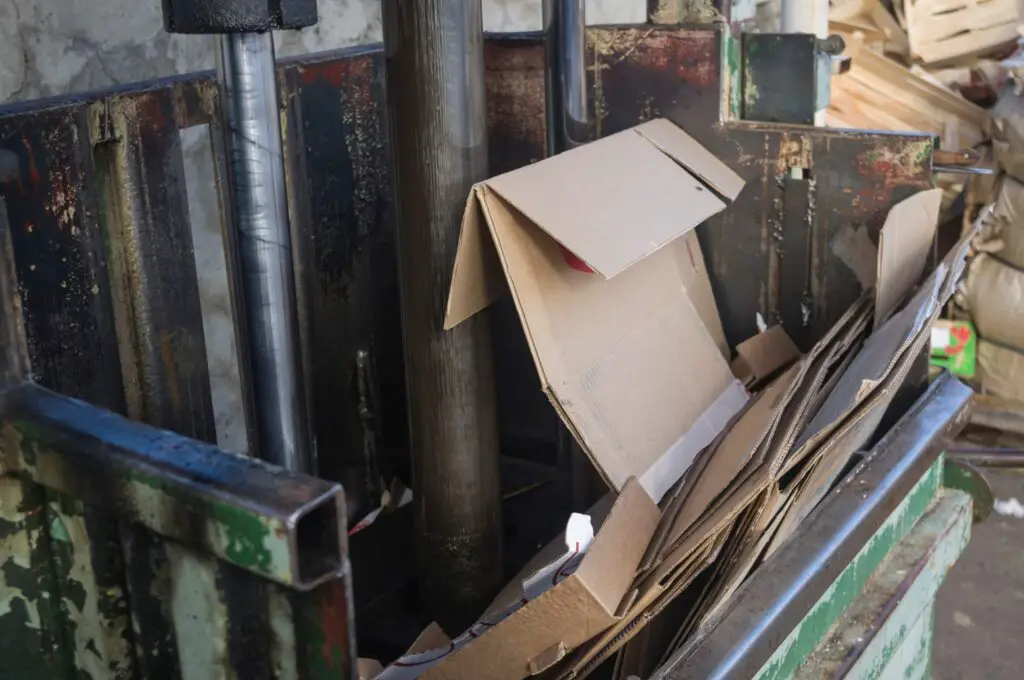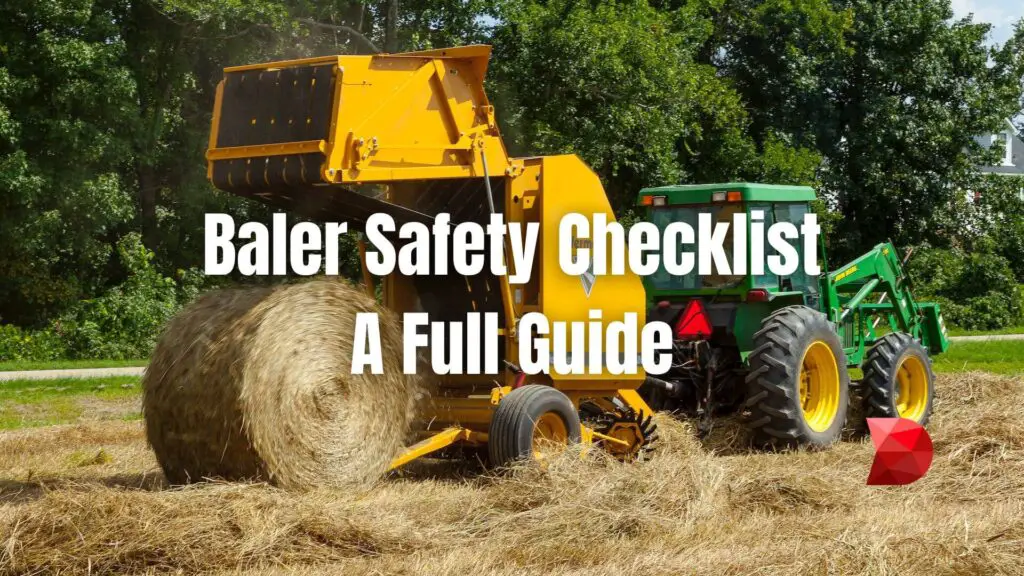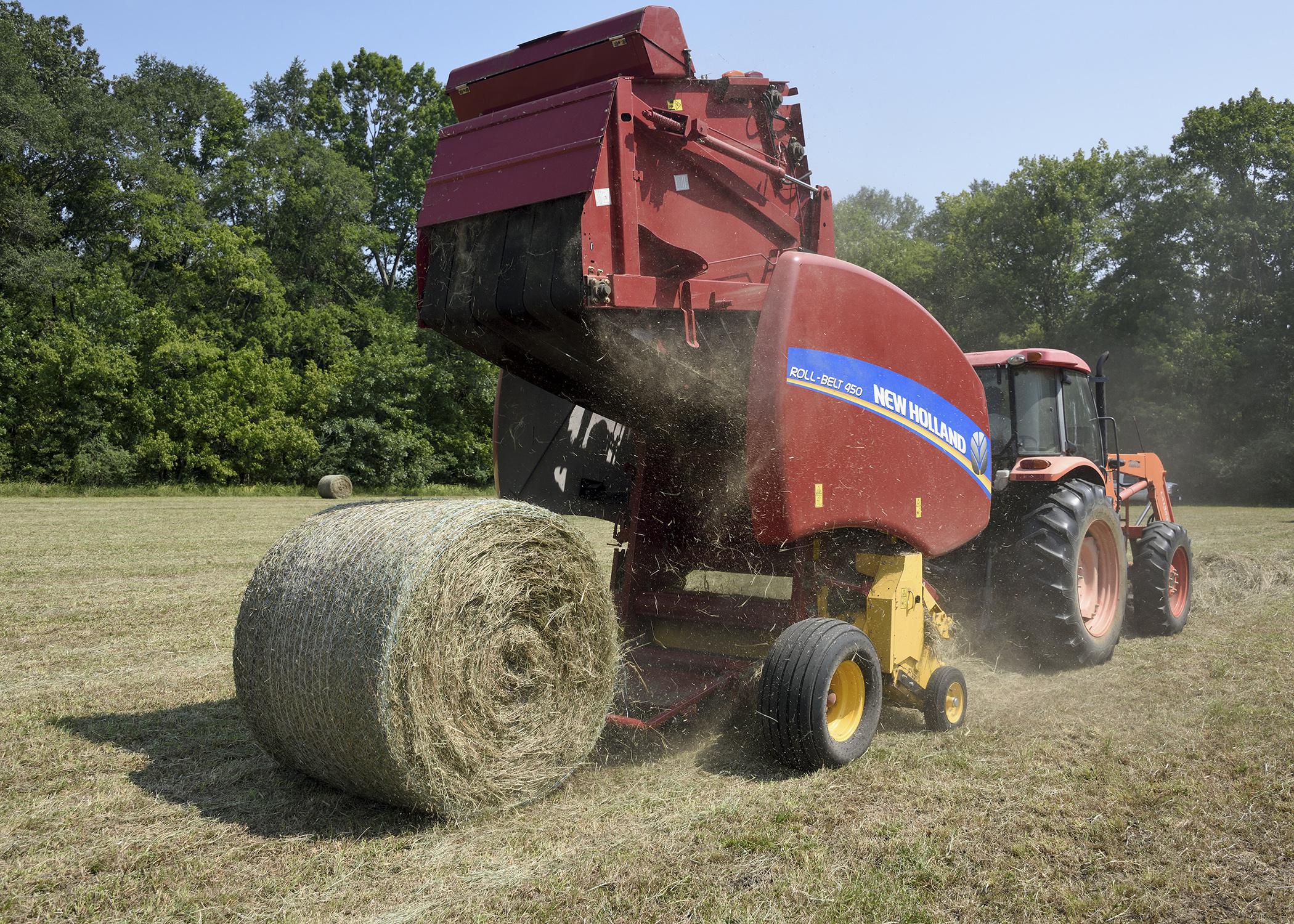This post may contain affiliate links which means I may receive a commission for purchases made through links. Learn more on my Private Policy page.
Are you curious about the best ways to utilize a baler efficiently? Look no further! This article will provide you with a comprehensive overview of the top practices for using a baler. Whether you are a seasoned professional or a newcomer in the world of baling, these tips and guidelines will help you optimize your baler usage. From safety precautions to proper maintenance techniques, we have got you covered. So, let’s explore the best practices for using a baler and elevate your baling experience to new heights!
Choosing the right baler
When it comes to choosing the right baler for your needs, there are a few factors to consider. First and foremost, you need to evaluate your waste volume and type. Are you dealing with large quantities of cardboard boxes, plastic bottles, or other materials? Different balers are designed to handle different types of waste, so it’s important to choose one that can effectively handle your specific waste stream.
In addition to waste volume and type, you also need to evaluate the space requirements for the baler. Balers come in various sizes, so you need to ensure that you have enough space available to accommodate the baler and its associated equipment. Consider factors such as the dimensions of the baler, its clearance requirements, and any additional space needed for loading and unloading materials.
Lastly, you need to determine the desired level of automation for your baler. Some balers are fully automatic, meaning they handle all aspects of the baling process with minimal human intervention. Others may require more manual operation. Think about your operational needs and the amount of labor you have available to devote to the baler.
Safety precautions
Using a baler can present certain safety risks, so it’s important to take proper precautions to protect yourself and your employees. First and foremost, always use personal protective equipment (PPE) when operating or working near the baler. This may include gloves, safety glasses, and steel-toed boots, depending on the specific hazards present.
Additionally, follow lockout/tagout procedures when servicing or repairing the baler. Lockout/tagout procedures ensure that all energy sources to the baler are isolated and de-energized, preventing accidental startups. Make sure all employees are trained on lockout/tagout procedures and understand the importance of following them.
Lastly, provide comprehensive training to all employees on the safe operation of the baler. This training should cover topics such as how to properly load materials, how to operate the baler controls, and how to recognize and respond to potential hazards. Regularly reinforce these safety practices and encourage employees to report any safety concerns they may have.

This image is property of nortonequipmentco.com.
Maintaining the baler
Proper maintenance is crucial to ensuring the longevity and efficiency of your baler. Regularly inspect and clean the baler to remove any debris or build-up that could affect its performance. Pay close attention to areas such as the feeding chute, compaction chamber, and tying system.
In addition to regular cleaning, it’s important to keep the hydraulic systems well-maintained. Check hydraulic fluid levels regularly and top off as needed. Inspect hoses and fittings for any signs of leaks or damage, and replace any worn or damaged components promptly. Properly functioning hydraulic systems are essential for the baler’s operation, so it’s important to address any issues promptly.
Lastly, remember to properly lubricate the moving parts of the baler. This will help to reduce friction and prevent premature wear and tear. Follow the manufacturer’s recommendations for lubrication intervals and use the appropriate lubricants for each component. Regular lubrication will help to keep your baler running smoothly and extend its lifespan.
Loading the baler
Proper loading techniques are essential for maximizing the efficiency and safety of your baler. Start by ensuring that materials are properly prepared before being loaded into the baler. This may involve flattening cardboard boxes, removing plastic wrap from pallets, or separating different types of materials. By properly preparing the materials, you can ensure a more uniform and consistent bale.
Avoid overloading the baler, as this can put excessive strain on the machine and lead to reduced performance or increased maintenance issues. Follow the manufacturer’s guidelines for maximum load capacities and make sure to stay within those limits. It’s better to make multiple smaller bales than to try to force too much material into a single bale.
When loading materials into the baler, distribute them evenly throughout the chamber. This will help to ensure that the baler compacts the materials evenly and produces a uniform bale. Pay attention to the position of the materials and make any necessary adjustments to achieve an even distribution.

This image is property of cardboardhelp.com.
Operating the baler
Operating the baler in a safe and efficient manner requires following a few key guidelines. First and foremost, always refer to the manufacturer’s guidelines and instructions for operating the baler. These guidelines will provide specific instructions for things like starting and stopping the baler, adjusting settings, and responding to potential issues.
Before starting the baler, check the surrounding area for any potential hazards. Remove any obstructions or debris that could interfere with the proper operation of the baler. Ensure that all safety guards and features are in place and functioning correctly. Taking these steps will help to reduce the risk of accidents or injuries.
Finally, make sure to complete any necessary paperwork related to the baling process. This may include documenting the type and quantity of materials being baled, recording maintenance or inspection activities, or maintaining records of bale weights and sizes. Accurate record-keeping is important for tracking your waste management efforts and complying with any regulations that may apply.
Bale tying techniques
Proper bale tying is essential for ensuring that your bales remain intact and secure. There are several key considerations when it comes to bale tying techniques. First, choose the appropriate knotting method for your baler and materials. Different balers may use different knotting systems, such as a wire loop or a twine knot. Follow the manufacturer’s instructions for the specific tying method recommended for your baler.
Ensure that there is sufficient tension in the bale and an adequate number of wire wraps. This will help to ensure that the bale remains tightly compressed and reduces the risk of it coming apart. Follow the manufacturer’s recommendations for the appropriate tension and number of wraps, as these can vary depending on the baler and materials being baled.
Additionally, pay attention to the proper positioning of the wires. They should be evenly spaced and secured tightly around the bale. Proper wire positioning helps to distribute the tension evenly and prevent the bale from unraveling. Take the time to carefully position and secure the wires to ensure a secure and stable bale.

This image is property of extension.msstate.edu.
Bale handling and storage
Proper handling and storage of bales are important for maintaining their integrity and ensuring their safe storage. When lifting bales, use proper lifting techniques to avoid strain or injuries. Lift with your legs, not your back, and use appropriate lifting equipment when necessary. Avoid twisting or jerking motions when handling bales to prevent damage to yourself or the bales.
Store your bales in a dry and secure area to protect them from moisture, pests, and potential damage. Moisture can cause bales to degrade or mold, reducing their value and usability. Choose a location that provides adequate shelter and ventilation to maintain the quality of your bales.
When stacking bales, it’s important to do so in a stable formation. Stack bales in a way that allows for proper airflow and minimizes the risk of shifting or collapse. Use sturdy supports or pallets to provide a stable base for the stack and consider securing the stack with straps or ropes if necessary.
Troubleshooting common issues
Like any piece of equipment, balers can experience common issues that may affect their performance. Here are a few troubleshooting tips for some common problems:
-
If the baler is not starting, check the power source and make sure it is properly connected and supplying electricity. Check for any tripped circuit breakers or blown fuses that may be causing the issue.
-
If the baler is jamming or experiencing blockages, first ensure that the materials being loaded are properly prepared and not causing obstructions. Clear any visible blockages by hand, taking care to follow proper lockout/tagout procedures. If the issue persists, consult the manufacturer’s guidelines for further troubleshooting steps.
-
If you are experiencing uneven bale density or size, check the tension and position of the wires used for tying. Uneven tension or improperly positioned wires can lead to uneven bale formation. Adjust the tension and wire position as needed, following the manufacturer’s recommendations.
If you encounter any issues that you are unable to resolve, it’s always best to consult the manufacturer’s guidelines or contact a qualified service technician for assistance.

This image is property of datamyte.com.
Training and educating employees
Proper training and education for employees are crucial to ensure safe and efficient baler operation. Provide comprehensive training programs that cover all aspects of baler operation, including safety procedures, proper loading techniques, and troubleshooting common issues. Training should be provided to all employees who will be operating or working near the baler.
Encourage employees to report any safety concerns they may have and emphasize the importance of maintaining a safe work environment. Regularly reinforce best practices and safety protocols through refresher training sessions or toolbox talks. Keeping employees informed and engaged will help to promote a culture of safety and ensure that best practices are consistently followed.
Complying with regulations
Compliance with waste management regulations is of utmost importance when operating a baler. Adhere to all applicable local waste management regulations, including those related to waste disposal, recycling, and hazardous materials handling. Stay informed about any changes or updates to regulations that may affect your operations and adjust your practices accordingly.
Properly dispose of any hazardous materials that may be present in your waste stream. This may involve segregating hazardous materials from other waste, labeling containers appropriately, and arranging for proper disposal through licensed facilities. Keep documentation of your waste disposal practices to demonstrate compliance with regulations and track your environmental impact.
By following these best practices for using a baler, you can ensure safe and efficient operations, minimize downtime and maintenance issues, and contribute to responsible waste management practices. Remember, choosing the right baler, implementing safety precautions, properly maintaining the baler, following proper loading and operating procedures, and complying with regulations are all essential steps to maximize the effectiveness and longevity of your baler.

This image is property of www.speedtechequipment.com.
This post may contain affiliate links which means I may receive a commission for purchases made through links. Learn more on my Private Policy page.

